Making Our Presence Welcoming for Younger Seekers
In March 2020 at First Friends Meeting in Indianapolis, Indiana, we were closing our doors to in-person activities due to the pandemic and beginning to offer opportunities and meetings for worship (programmed and unprogrammed) on YouTube and Zoom platforms. At that time, we had no clue of the new realm of possibilities we were opening to a younger generation of hungry new Friends. It seemed as though we were entering survival mode to meet the needs of our regular attenders and members, yet unbeknownst to us, behind the screens were the next wave of active participants waiting to join us in person. Most of these younger people were in their 20s and 30s, a majority married and with young children: just what a graying community of Quakers dreams will walk into their meeting one day.
That is exactly what happened when we safely reopened a year and a half later, having endured the worst of the pandemic. Each First Day, we surprisingly found our meeting for worship averaging five to ten new visitors. Quickly noticing the age difference and excited energy level in these new attenders, we had to make some swift but important changes. Our average age on Sunday dropped by about 15 to 20 years, since many of the older population was not yet ready to return to in-person worship. Soon we had 15 to 20 children coming forward for a children’s message during worship; babies were heard crying once again within our meetinghouse; and there was a sense of renewal after the long absence.
Left: First Friends Meetinghouse in Indianapolis, Ind. Right (top): Interior of the First Friends Meetinghouse. Photos courtesy of First Friends Meeting. Right (bottom): Screengrab from the weekly “Light Reflections” series on First Friends Meeting’s YouTube channel.
As our leaders met with these new younger attenders, we began to hear a surprising but similar story from many of them. For almost two years, they had been following us closely on our social media accounts and had joined us each week for our YouTube meetings for worship. What we soon found out was they had the chance to get to know us without the pressure of in-person interaction, dealing with and wrangling their children; instead they were able to watch from the comfort of their homes (all while in their pajamas!). In those two years, the messages, the music, and even the community they saw in the chat conversation on YouTube led them to gain enough trust in us that they wanted to check us out in person to see if First Friends was really as it seemed.
Realizing quickly that these young people who had been following us had an entire new set of needs than did our usual attenders, we quickly shifted gears. Our Connections Team went into action and involved these young people in New Attender Dinners. Before the pandemic, we had one of these dinners at a member’s home about once each quarter. Now we have them once a month at the meetinghouse. Our goals for these dinners are to introduce new attenders to our long-standing members, hear their stories and questions about our meeting, and see where we might help them make deeper connections.
Just before the pandemic, our associate pastor, Beth Henricks, had finished her master’s of divinity from Earlham School of Religion. For her final project, I encouraged her to take our Quaker Youth Affirmation curriculum, a way to guide and educate young Friends in their Quaker faith (indyfriends.org/quaker-affirmation/), and turn it into a program for adults. Both curricula cover the basics of Quakerism, including history, theology, artists, activism, and even comparative religions. The most common feedback we received from our new younger population was a hunger for understanding the Quaker faith and the Religious Society of Friends. Soon we were offering an adult affirmation class each spring and fall with 15 to 20 participants per class. Even some of our long-standing members joined for a review. Within the last two years, we have offered this class four times to over 60 people, and most are new attenders at our meeting.
With the influx of children, we had to make some more adjustments both for children and their parents. There was now a need for a childcare worker during meeting for worship to care for all the new babies. We hired a youth in our meeting to serve in this capacity. We also had to expand our children’s worship to two groups: pre-K–second grade and third–fifth grade. For the youth, we invited two young women in our meeting to lead a class every other Sunday.
Recognizing the needs of parents after the pandemic, we reinstated our babysitting co-op on the first Saturday of the month to allow parents of young children to have a date night. For the single and married young people, we also reinstated our “Ish” group, which is for those in their early 20s to about 40-ish, offering a unique community for these new Friends.
Left: Photo by Ben White/Wirestock. Right: Photo by MIA Studio.
All these opportunities to connect, be cared for, and serve with and through our meeting drew several of these young people to become members. It is exciting to see them now taking leadership roles, being involved and vocal on committees, and offering our meeting an exuberance that was lacking pre-pandemic.
Many of this new younger group have ventured out on a spiritual journey of discovery over the last several years. Ironically, many today would assume that this age group were “nones,” referring to those who are unaffiliated with any organized religion. What we found at Indianapolis First Friends is that most of this younger population were not “nones” but rather were leaving more rigid and conservative denominations in which they had grown up in order to seek more progressive and welcoming communities of faith: communities they and their friends would be able to relate to and feel welcome in.
The politics, protests, polarization, and division that surrounded the pandemic left them longing and seeking a community where simplicity, peace, integrity, community, equality, and stewardship (SPICES) were foundational. Often when we covered the Quaker testimonies in our adult affirmation classes, their eyes would widen and they would exclaim, “This is what we have been looking for; I think I am a Quaker!” The pandemic afforded them a unique opportunity to be patient while also engaging at their leisure with our community. Their responses indicate that they have finally found at Indianapolis First Friends what they had ventured out to discover.
On numerous occasions, I have stated that Friends have what many people are looking for today; they just don’t know it. Our experience at First Friends is proof that younger people are exploring and watching us carefully for consistency, authenticity, and a welcoming spirit. My hope is that we will not sit by idly navel-gazing, complaining about laying down meetings, and simply being nostalgic about the past. Rather when the opportunities arise—even unexpected ones—we are ready to do everything within our ability to welcome, educate, involve, and empower a new generation within the Religious Society of Friends!
They are watching; are we ready?


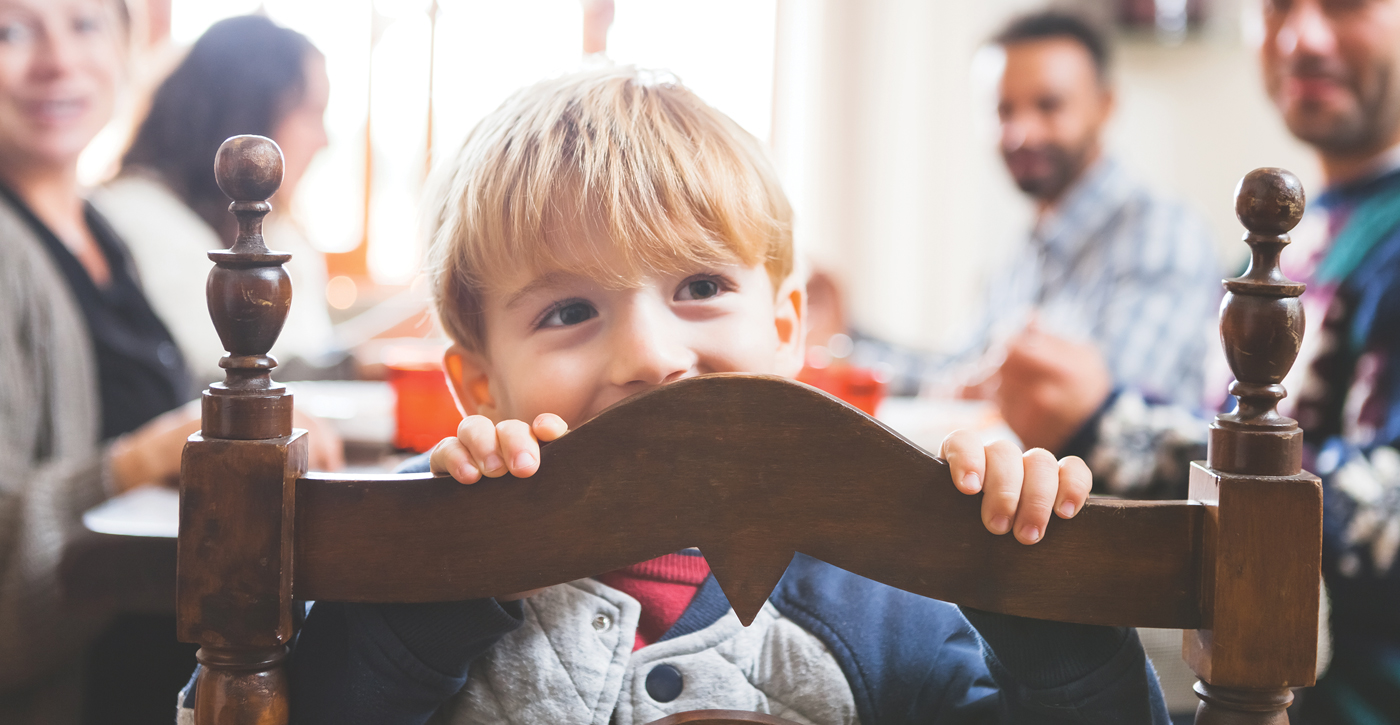





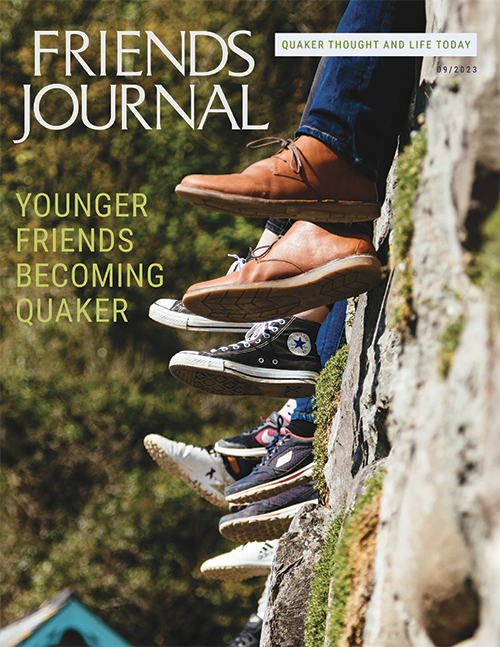
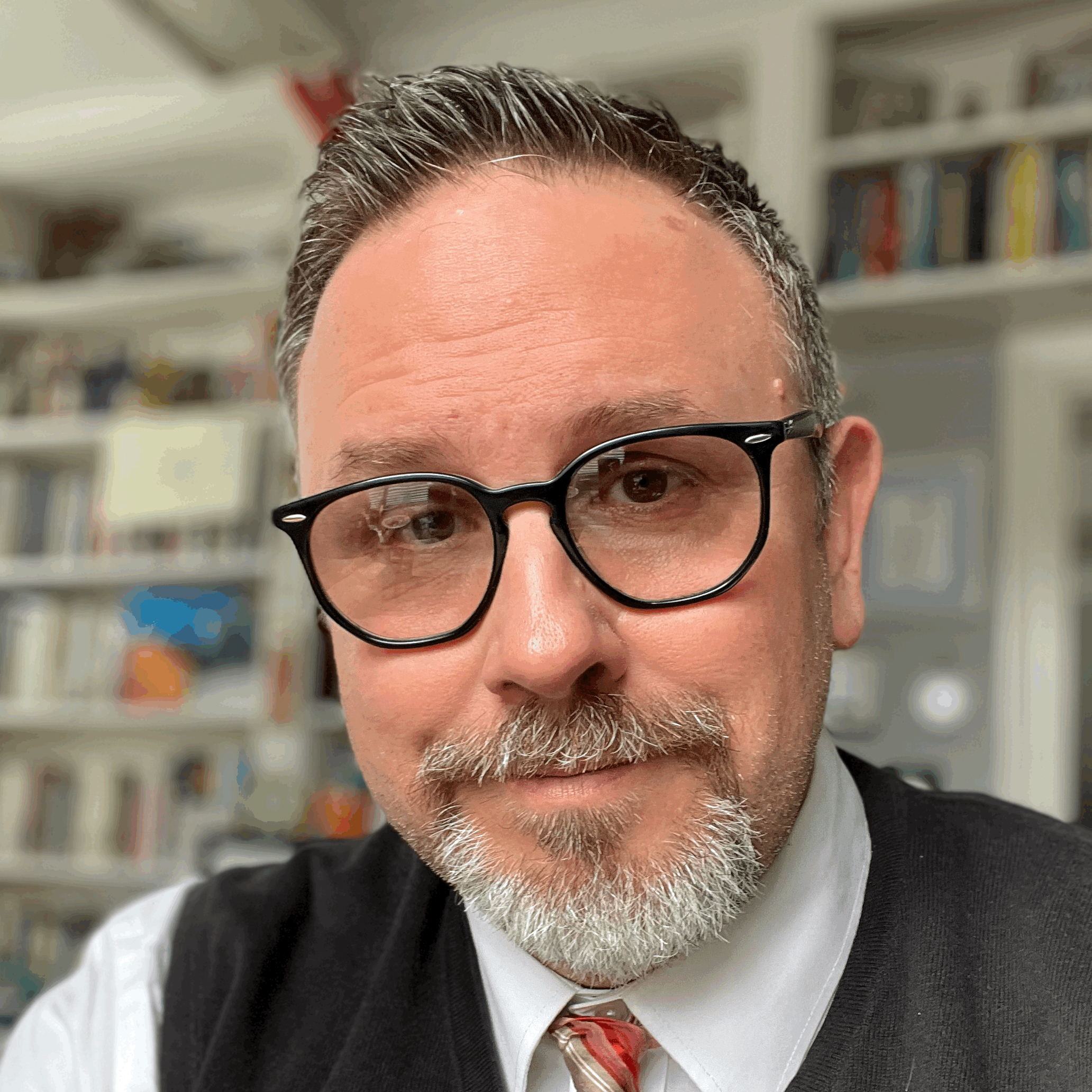
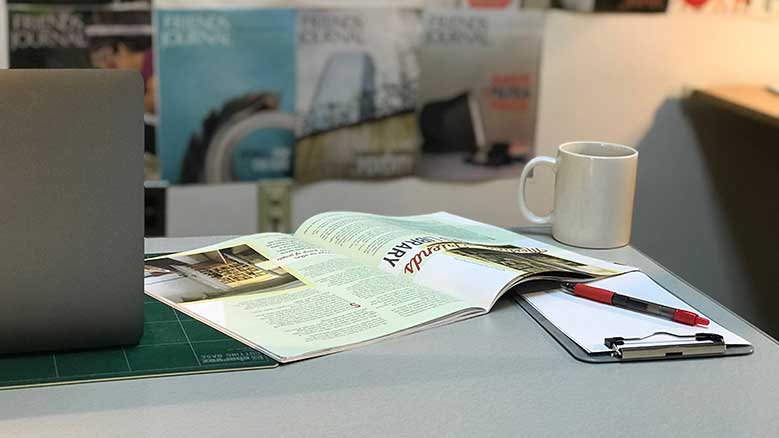
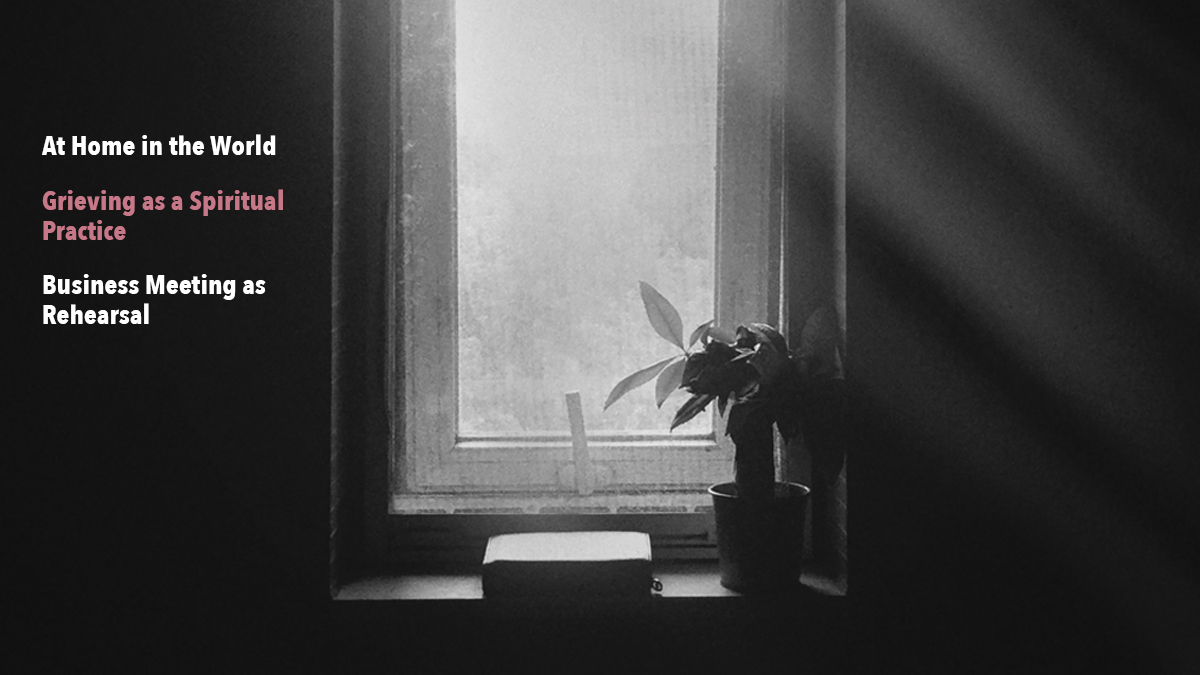
Comments on Friendsjournal.org may be used in the Forum of the print magazine and may be edited for length and clarity.